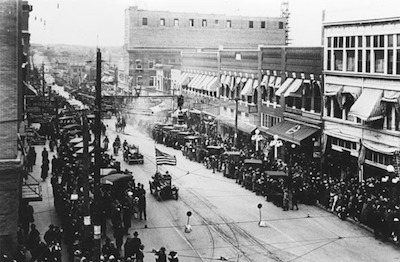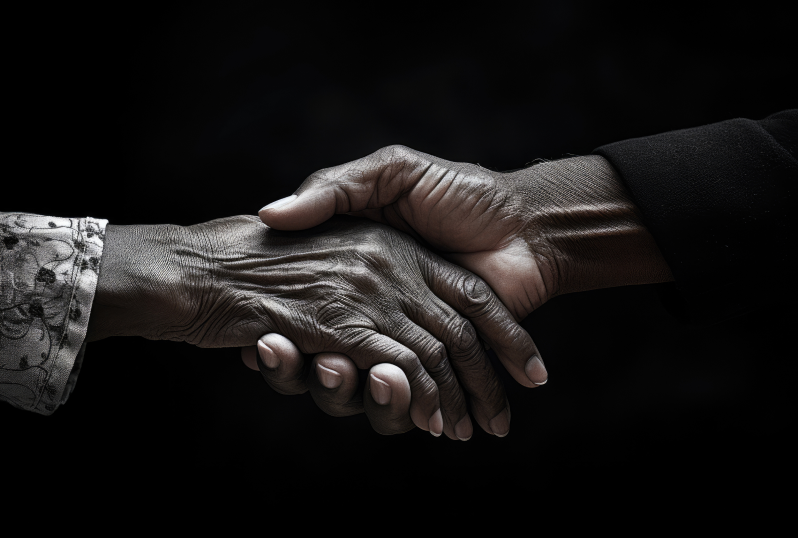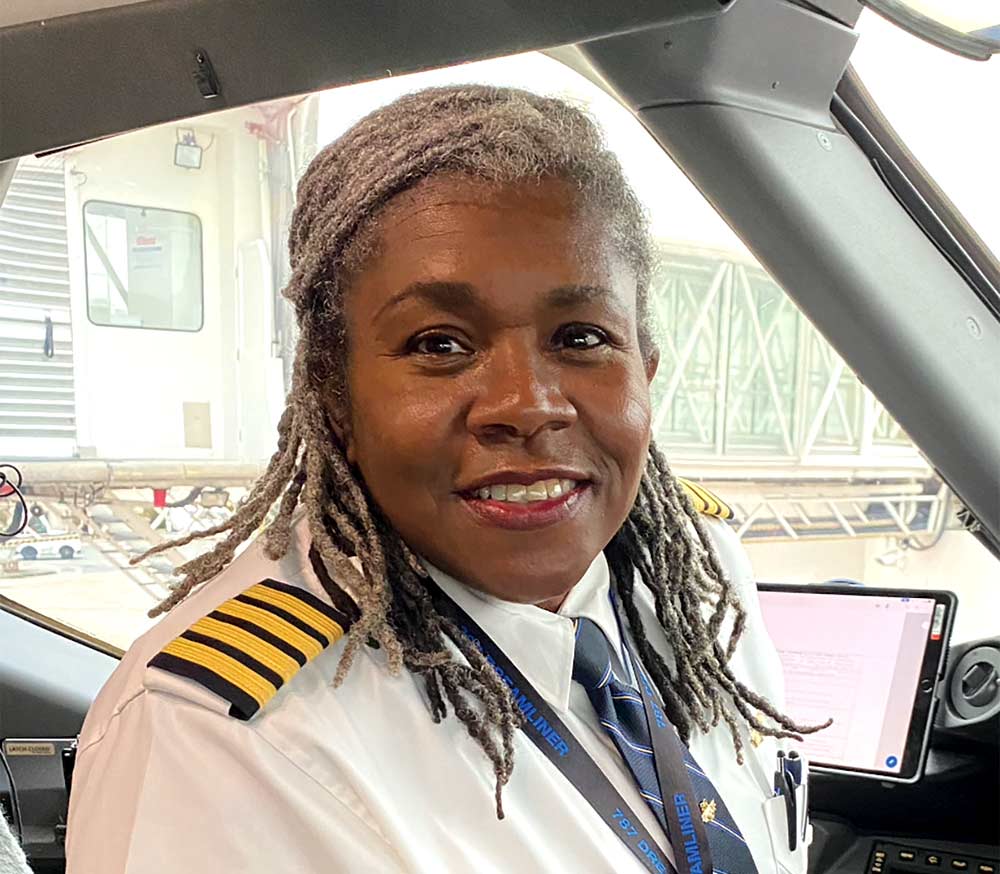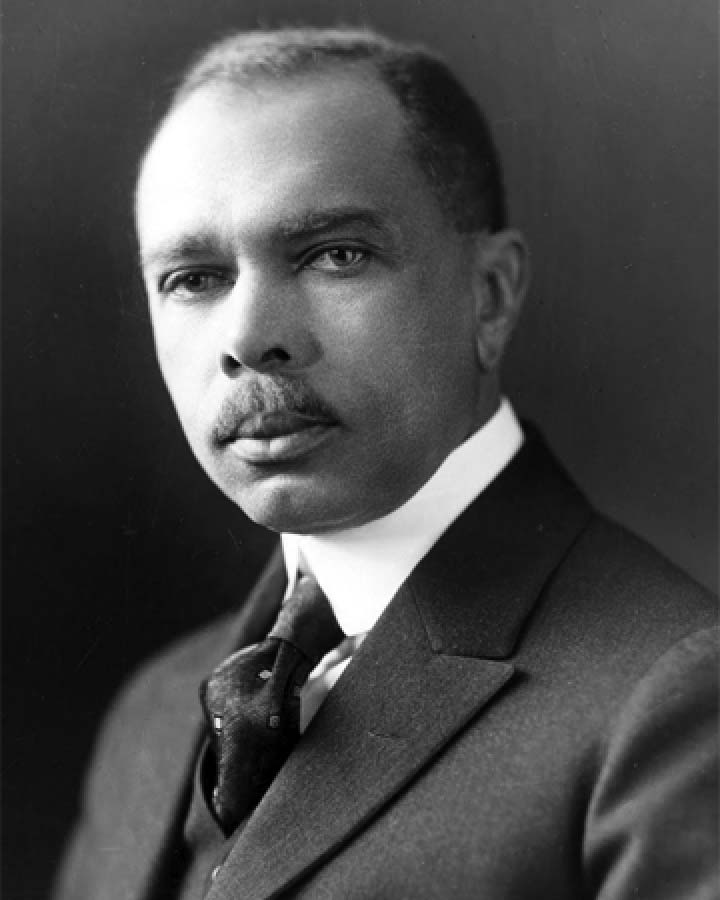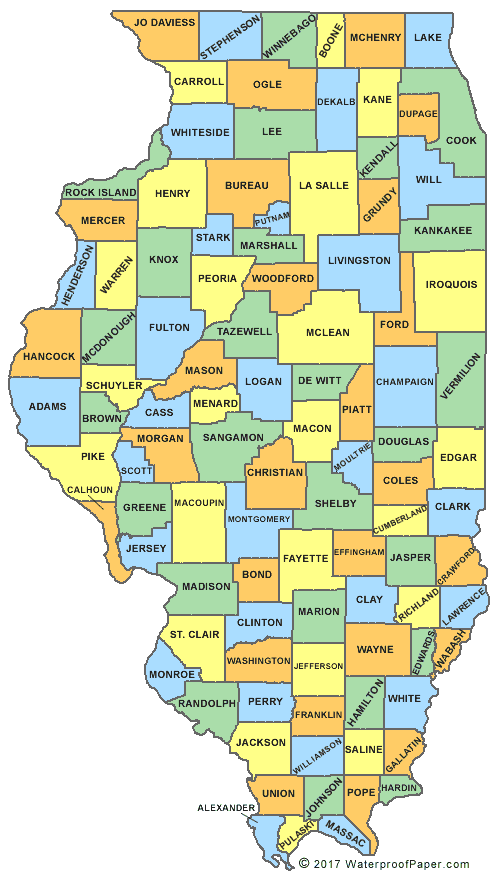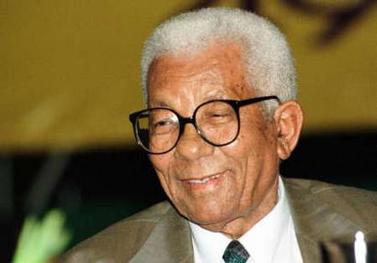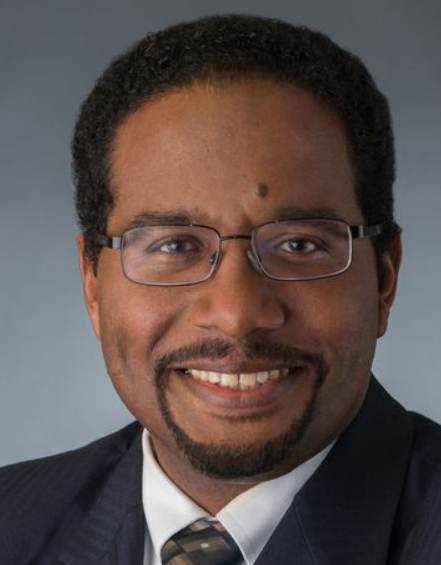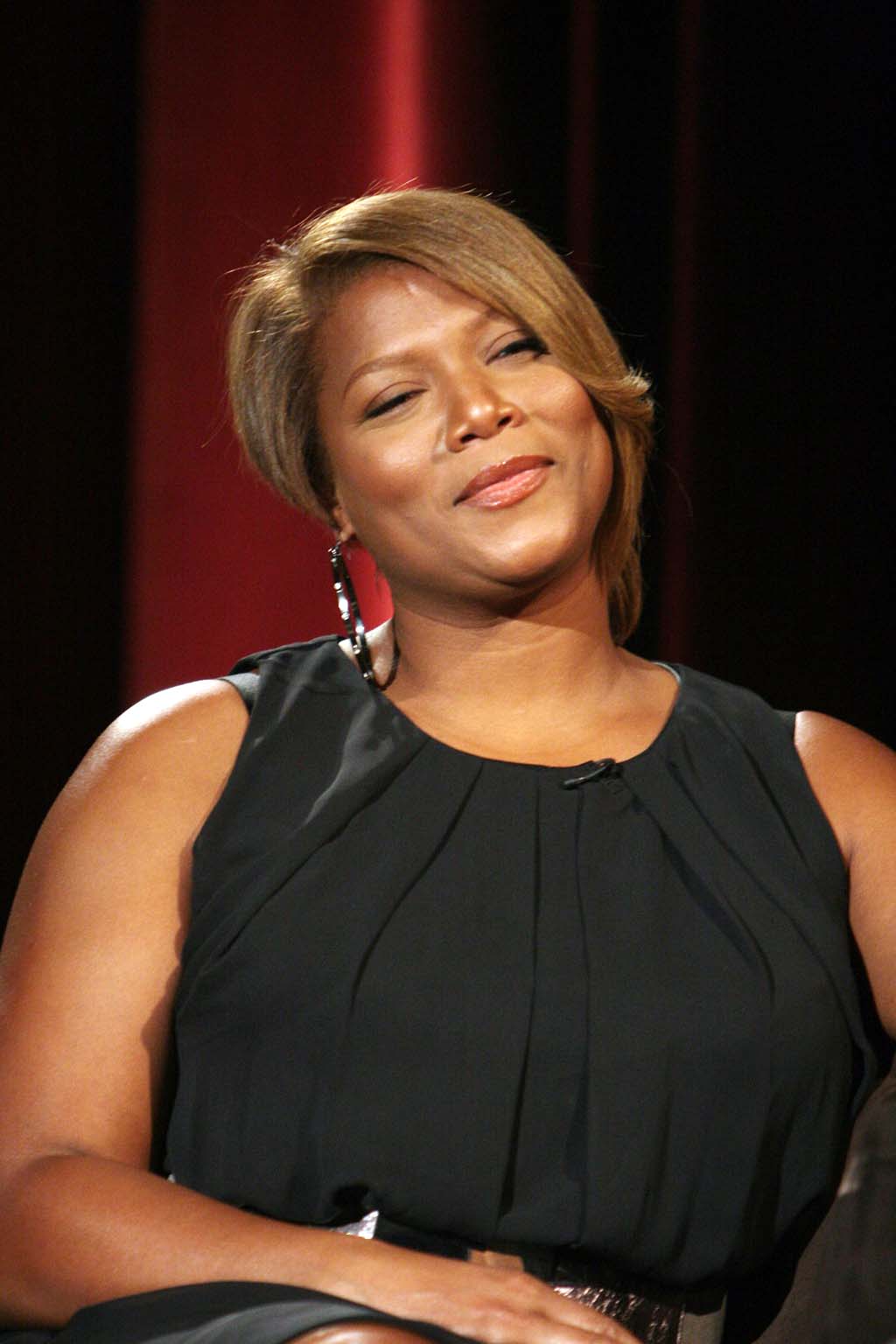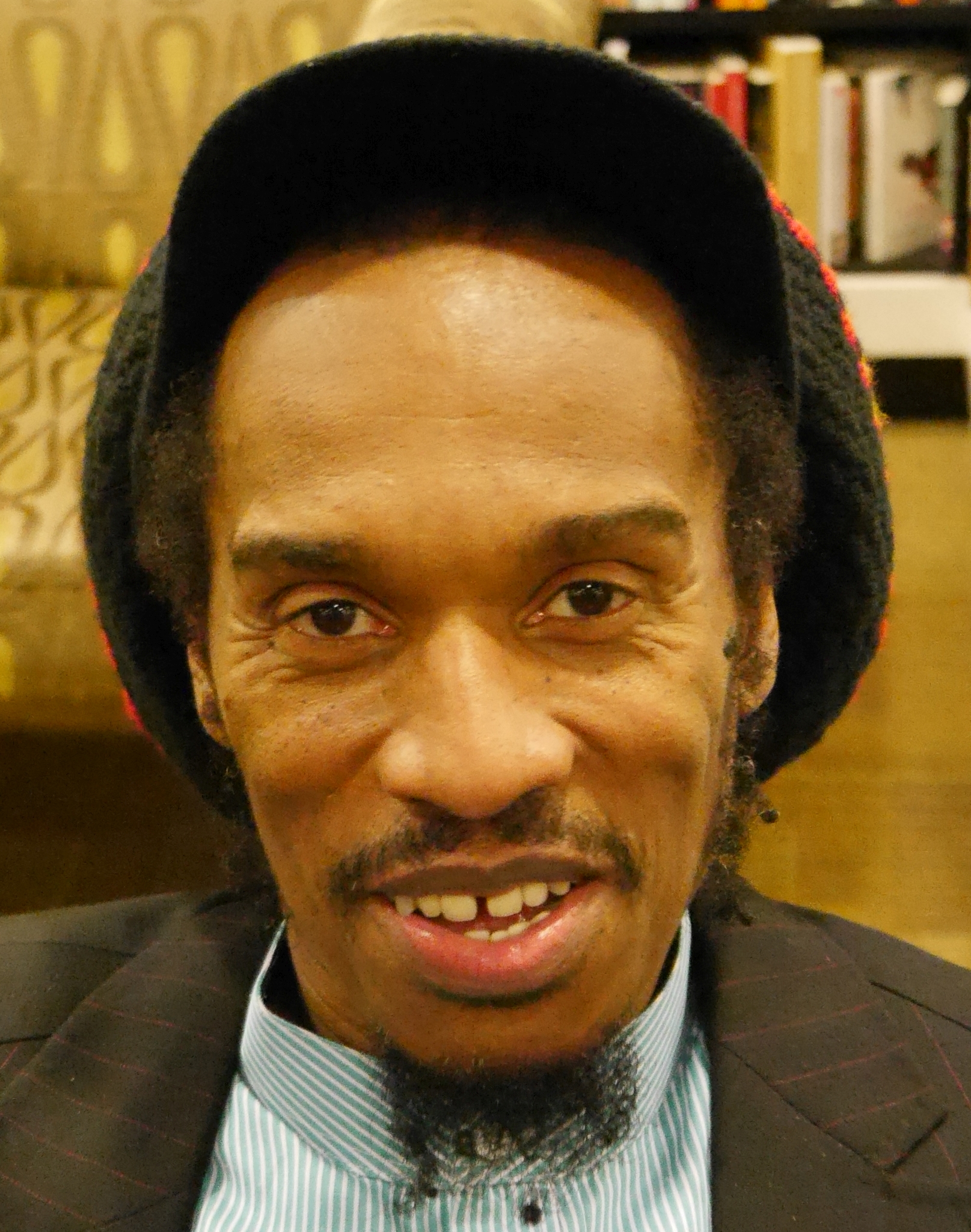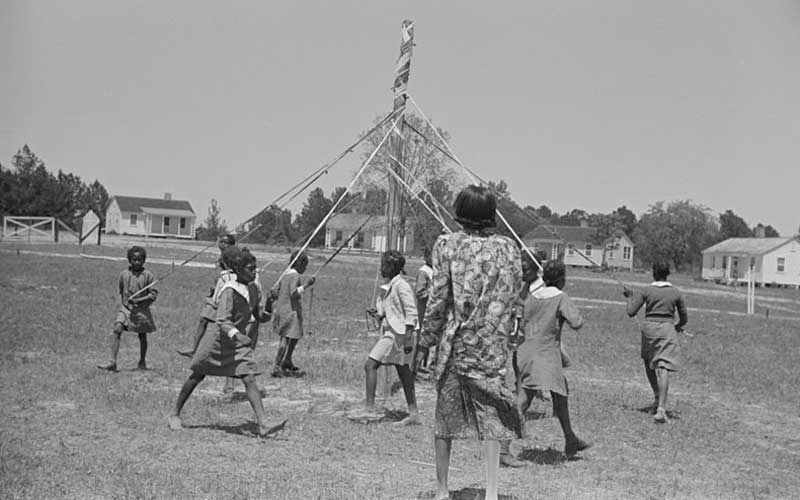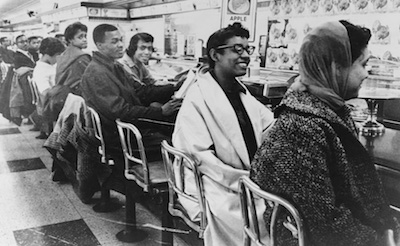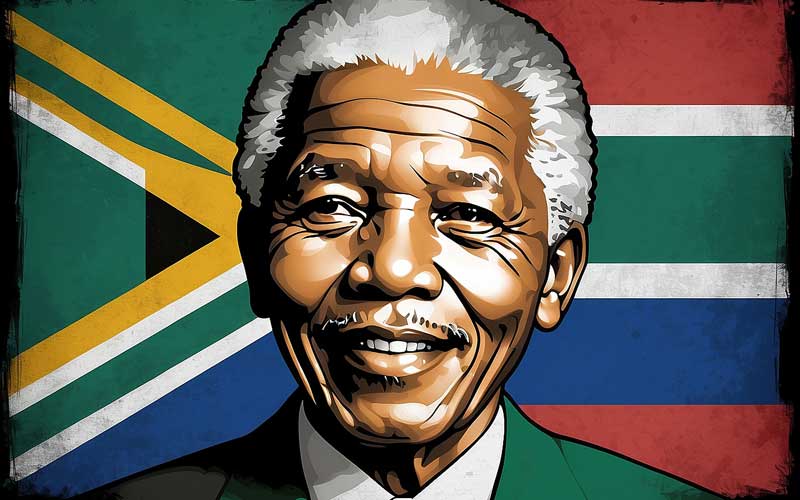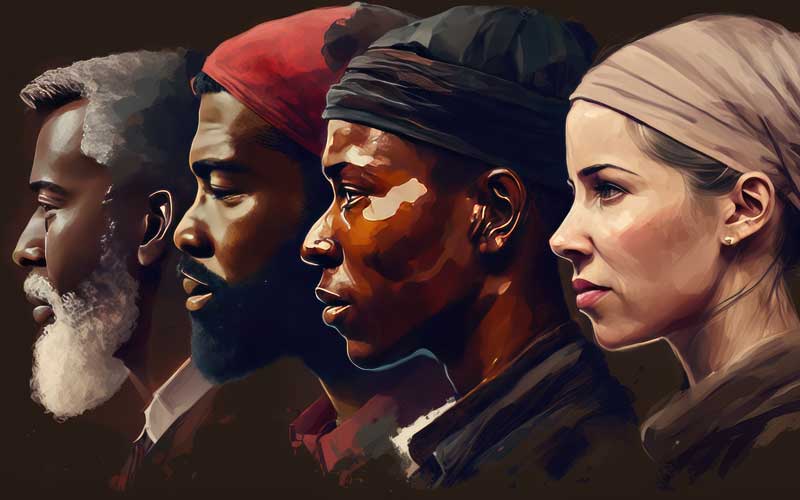The largest number of African American townships after the Civil War were located in Oklahoma. The state was promoted as a ‘safe haven’ for Blacks by both local and national leaders. As a result, between 1865 and 1920, dozens of townships and settlements were founded in the region. Tulsa, Oklahoma transformed from a dusty frontier into a thriving metropolis after oil was discovered in 1901. It quickly and quietly annexed what would become one of the most famous Black townships in the nation, Greenwood.
After establishing the town of Perry in 1893, Emma and husband O.W. Gurley sold their land and moved 80 miles east to Tulsa in 1905. They bought 40 acres of land on the north side of the Frisco train tracks, and soon he and other new arrivals named the town Greenwood, after a town in Mississippi. White residents referred to the area as “Little Africa.”
Gurley built a boarding house in 1906 at the end of a dusty trail later named Greenwood Avenue followed by a grocery store which he supplied with meat and produce from his nearby 80-acre farm. He then built three 2-story buildings which housed a barber shop, a cafe, pool hall, a cigar store, and a hotel. He also loaned money to newcomers to start their own businesses. As more entrepreneurs came to the area, Greenwood developed into a self-sustaining economic neighborhood in North Tulsa. The business area of the town was at the intersection of Greenwood Avenue and Archer Street, and was nicknamed “Deep Greenwood.” In 1913, Booker T. Washington High School and Dunbar Grade School were founded.
The 1920 Tulsa city directory listed 108 business establishments, including four hotels, twenty-two churches, a masonic lodge and two movie theaters. The 54-room Stradford Hotel, was the largest black owned and operated hotel in America, featuring a dining hall, gambling room, saloon and regular jazz performances by local and well-known traveling artists and musicians. The numerous nightclubs provided the venues for a young musician named William “Count” Basie to encounter big-band jazz. The area schools were considered exceptional compared to the surrounding schools in the white neighborhoods, and Deep Greenwood boasted nearly 10,000 residents and was given the name “The Black Wall Street” by Tuskegee educator Booker T. Washington after he visited the community.
The 1921 Tulsa Massacre was a disaster for Greenwood. Losses as a consequence of white mob violence included over 300 deaths and 191 businesses and 1,256 homes burned to the ground over 35 acres of land. Damages totaled over $1.5 million dollars and $750,000 in personal property, equivalent to $34 million dollars in 2021.
Deep Greenwood, however, began to recover soon after the Massacre. By the summer of 1922, over 100 buildings were rebuilt. In 1925, Greenwood hosted the annual Booker T. Washington National Business League convention, and by 1942, over 200 business existed.
Deep Greenwood’s decline began during the 1960s. With formerly white residential neighborhoods opening to Black families, residents began moving out of the area. Ultimately urban renewal and freeway construction in Tulsa flattened much of Greenwood between the mid-1960s and 1980. In 1965, Edward Goodwin Sr., founder of newspaper The Oklahoma Eagle, purchased a few spared blocks of land for preservation. In the early 1970s, the Gap Band, with the letters standing for Greenwood, Archer and Pine Streets, added to the revival of the area.
In 1995, the Greenwood Cultural Center was dedicated, housing a museum, art gallery, and banquet hall. In 2010, the city dedicated the John Hope Franklin Reconciliation Park, and in 2020 the park was recognized as an official member of the African American Civil Rights Network, and a walkway from the park to the Greenwood district was named “The Pathway To Hope.” Today, Greenwood Avenue cuts through the Tulsa campus of Oklahoma State University.

